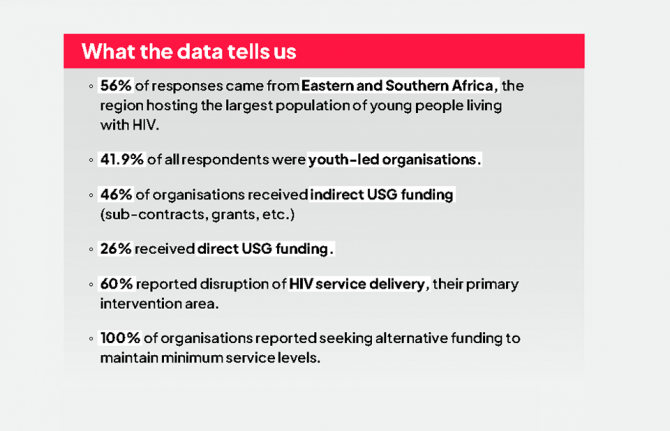
Feature Story
UNICEF: Children in cities facing neglect
05 March 2012
05 March 2012 05 March 2012
Many of the poorest children living in the world’s towns and cities are facing profound disparities in health, education and life chances.
Credit: UNICEF
Many of the hundreds of millions of young people living in towns and cities across the globe are facing poverty, social exclusion, health inequity and lack of access to vital services. This is the key finding in UNICEF’s latest flag ship report, The state of the world’s children 2012: Children in an urban world.
The report says that infrastructure and facilities are not keeping pace with urban growth and systems and services are not reaching the poorest children: cities are often the backdrop for some of the greatest disparities in children’s health, education and life chances.
According to UNICEF Executive Director Anthony Lake, “[Children] growing up in slums and shanty towns are among the most disadvantaged in the world, deprived of essential services that can mean the difference between life and death...between opportunity and despair.” This is clearly significant as latest available statistics suggest that nearly half the world’s children live in urban settings, with this proportion set to increase.
HIV services lacking
Children in an urban world cites lack of access to HIV services as a key area where children and young people are being failed. The virus places a heavy burden on the young with an estimated 2 500 people aged 15 to 24 infected every day and around 2 million 10 to 19 year olds living with HIV. Significantly, HIV prevalence is often higher in urban areas. For example, research has shown that girls in towns and cities in southern Africa are markedly more likely to be living with HIV than their rural counterparts.
To reinforce the finding that young people in urban settings can be highly vulnerable to HIV infection, the report also features a 2009 study carried out among adolescents living on the streets in four Ukrainian cities. It found that 15% injected drugs, 75% were sexually active (most before the age of 15) and nearly 60% of the girls had received payment for sex. Despite their greater vulnerability, it is noted that such adolescents were the most likely to be excluded from HIV-related services.
[Children] growing up in slums and shanty towns are among the most disadvantaged in the world, deprived of essential services that can mean the difference between life and death...between opportunity and despair
Anthony Lake, Executive Director, UNICEF
In addition, the report examines the role of sexual harassment and violence against girls and women in urban settings. Such violence can also heighten the risk of HIV infection as well as limiting rights to education, work, recreation and political expression.
Focus on successful initiatives
A large number of successful initiatives aimed at making cities better places for the most vulnerable children and adolescents are featured. For example, the UN-Women Global Programme on Safe Cities Free of Violence against Women and Girls is working with partners in five cities to help prevent and reduce gender-based violence in public spaces, emphasising good governance, political participation and urban planning.
Children in an urban world stresses the need to invest more in community-based action which allows young people to be central to the planning and implementation of interventions that most affect them. In Nepal, for instance, where drug use among young people is increasing, peer leaders from Kirat Yakthung Chumlung, a community organisation, help to provide services such as needle-syringe distribution programmes and HIV testing and counselling. In Nairobi, the Safe Spaces community initiative aims to create a secure and nurturing environment for adolescent girls growing up in deprived areas. Forging inclusive partnerships has led to better public infrastructure in Rio de Janeiro and Sao Paulo and more successful disaster preparedness in Manila.
On a global level, UNICEF and UN-Habitat have also been spearheading the Child-Friendly Cities Initiative, providing services and protected areas which seek to put children at the heart of the urban agenda. This is precisely where they need to be, according to the report, if they are to fulfil their potential and lead safer and healthier lives.
External links
External links
Partners
Partners
Publications
Related
 “Who will protect our young people?”
“Who will protect our young people?”

02 June 2025


